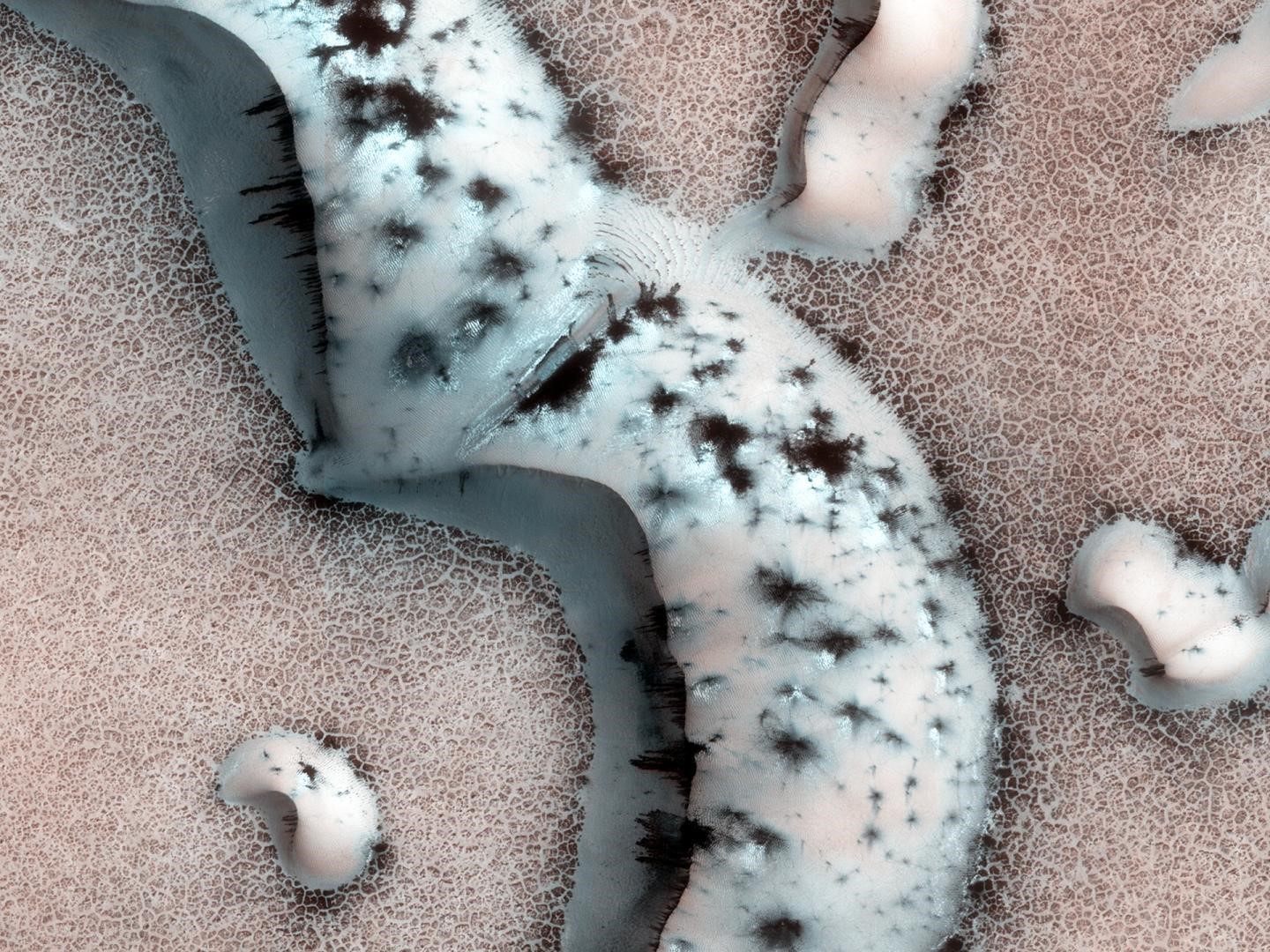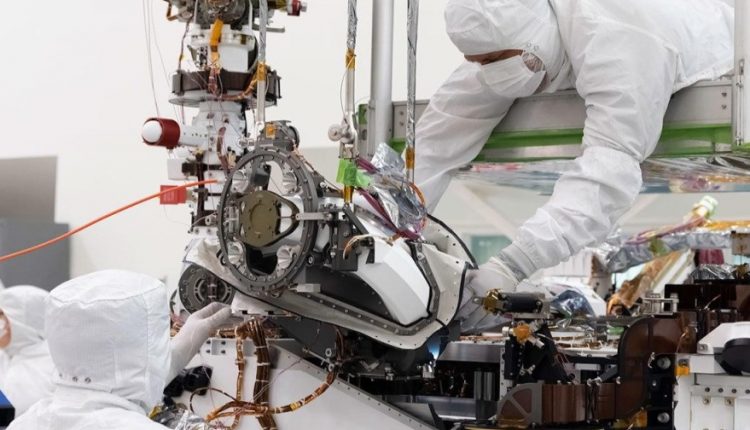Even before Robert Heinlein wrote Stranger in a Strange Land, the 1961 science fiction classic about “the Man from Mars,” humans have dreamed of our nearest neighbor in the Milky Way. Exciting advances in technology promise to bring Mars closer than ever.
The world wept when NASA’s Mars Rover shut down. We eagerly wait as two new rovers prepare to begin the next stage of research on the Red Planet. But will terraforming Mars ever be possible?
As recently as last year, NASA scientists said, “No.” And, conventionally speaking, they were right. Using current and near-future technology, it does not seem possible to increase atmospheric levels across all of Mars to rival those of Earth.
However, if we consider terraforming just a portion of the planet, new research says it could be possible. But, is it time to queue up The Martian movie, start humming “I Will Survive,” and think about what it will take to get a seat on the first colony ship?
Not quite. Colonizing Mars is still purely science fiction and will be for decades.
In the meantime, let’s explore some of the tech moving us toward that day.
Getting Rovers Ready for Mars
The European Space Agency (ESA) is putting the finishing touches on “Rosalind Franklin,” the agency’s first Mars rover. Slated to launch no earlier than July 26, 2020 and to arrive on Mars by March 2021, the robot’s primary mission is to explore the possibility of past life on Mars – or perhaps even uncover living microbes.
Rosalind Franklin, aptly named after the British chemist whose work was instrumental in the discovery of DNA, will use a camera system, drill, and other technology to seek out signs of life on Mars – past or present.

A state-of-the-art “PanCam,” a panoramic camera 15 years in the making, will allow the rover to observe dust storms, look for water in the atmosphere, and help Rosalind Franklin navigate safely using a high-resolution camera to map the rover’s surroundings in 3D.
The rover also includes a drill capable of delving two meters into Martian terrain, potentially revealing microbes or fossils.
NASA also has a rover of its own set to launch in July 2020. Slated to land in the Jezero crater in February 2021, the as-yet-to-be-named wheeled robot sports an improved design and a full-on toolkit for collecting Martian samples. A bit carousel containing nine drill bits used for everything from scraping to coring will facilitate capturing and storing samples for assessment and processing.
Getting Mars Ready for Us?
Researchers from Harvard University, NASA’s Jet Propulsion Lab, and the University of Edinburgh have discovered a silica aerogel that gets us a step closer to creating an atmosphere on Mars. Often used in optics and imaging devices, this gel could aid in photosynthesis, mimicking Earth’s greenhouse effect.
The ultimate result: Terraforming small areas of Mars to prepare for human inhabitants.
Using modeling and experiments, the researchers discovered that a two-to-three-centimeter thick shield of silica aerogel can transmit visible light while blocking hazardous ultraviolet radiation. It would also raise temperatures above the melting point of water, without using any heat source other than the sun.
Silica aerogels are already used in NASA’s rovers. They are one of the most insulating materials ever created. Being 97% porous, the material lets light through but filters out ultraviolet rays and slows heat conduction.
Placing a layer of silica aerogel on Mars’ surface would create a layer of water underneath. It’s not hard to envision dome-shaped habitats or even entire communities built beneath a silica aerogel bubble.
As a next step, the research team will test the material in the dry valleys of Antarctica or Chile, regions that mimic Mars’ desolate atmosphere.
If trials here on Earth are successful, the sky is, literally, the limit. We already have rockets capable of getting us to Mars. A manned mission could, theoretically, follow the rovers to the Red Planet. But what’s a reasonable timeline for settling Mars?
First, there seem to be several light-years’ worth of big questions to answer.
“If you’re going to enable life on the Martian surface, are you sure that there’s not life there already?” Robin Wordsworth, Assistant Professor of Environmental Science and Engineering at the Harvard John A. Paulson School of Engineering and Applied Sciences (SEAS), pondered in a press release. “If there is, how do we navigate that? The moment we decide to commit to having humans on Mars, these questions are inevitable.”

